
© Manuel Harlan. (Click image for larger version)
The McOnie Company
Jekyll and Hyde
★★★✰✰
London, Old Vic
25 May 2016
www.themconiecompany.com
www.oldvictheatre.com
Drew McOnie’s aim in his dance-theatre version of Jekyll and Hyde is to tell a ripping yarn without the use of words. He’s very much a Matthew Bourne disciple (and potential rival) in his conviction that entertaining audiences takes priority over defining an original dance style. He doesn’t rely on a detailed scenario (there isn’t one) but he does pay homage to familiar films and musicals to help the story along.
McOnie (30) started his dance career in Matthew Bourne’s productions and then moved into choreographing for musicals. He set up his own company of music-theatre dancers in 2013. Matthew Warchus, the new artistic director of the Old Vic, was so excited by McOnie’s work on Bugsy Malone and In the Heights (for which he won an Olivier Award) that he has made McOnie an Associate Artist. Dance is due to reclaim its place on the Old Vic stage, early home for Ninette de Valois’ fledgling ballet company and in 2002, for the premiere of Bourne’s Car Man.
For Jekyll and Hyde, McOnie has taken on a gothic tale similar to Frankenstein and Dorian Gray in its account of the dark and devious underside of a conformist, hypocritical society. McOnie has updated Robert Louis Stevenson’s Victorian horror story of a split personality to Britain in the 1950s. Soutra Gilmour’s four-sided set of a grimy warehouse indicates post-war austerity, while her bright costumes display the hedonism of hungry pleasure-seekers.
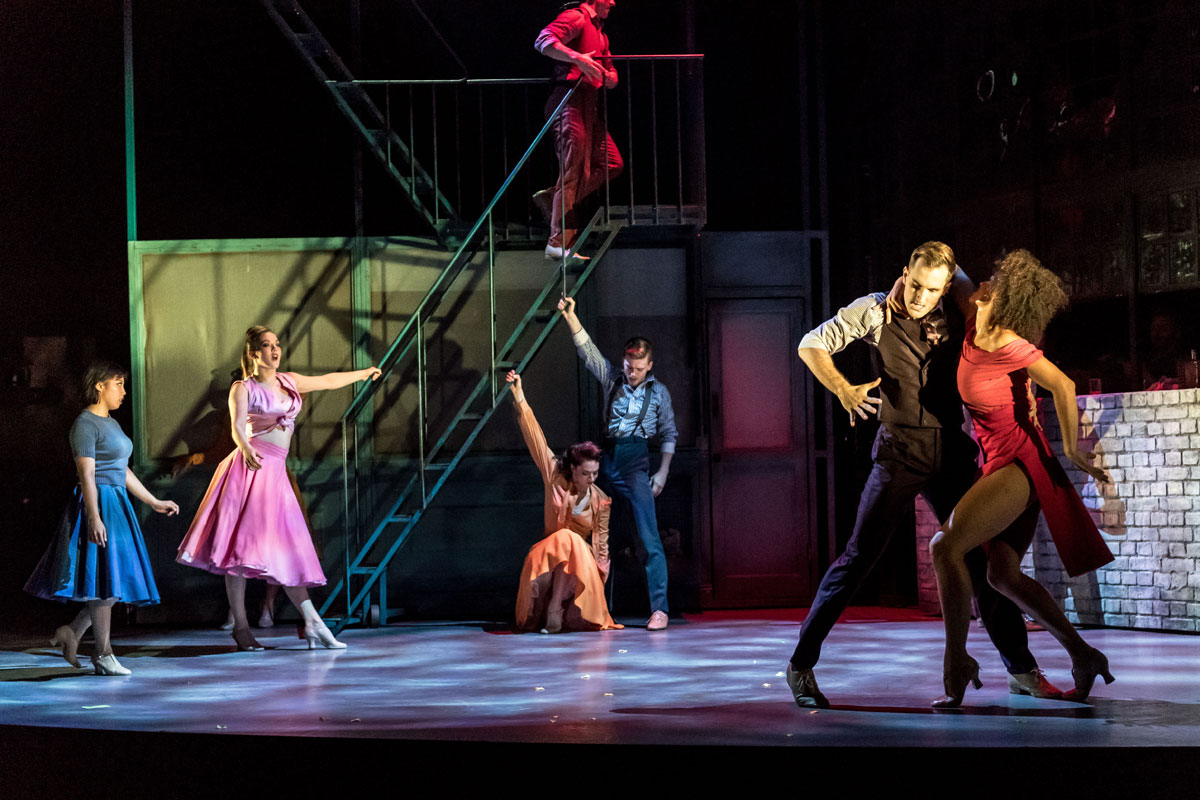
© Manuel Harlan. (Click image for larger version)
Dr Jekyll (Daniel Collins) is now a florist, experimenting in his conservatory with the effects of plant fertiliser. Though he appears a weedy nerd, his inner life, revealed in lonely, rubber-limbed dances to his radio, is longing for expression. His suppressed desire is for the flame-haired girl who visits his flower shop – pure and lovely Dahlia (Rachel Muldoon, an MGM musical heroine lookalike).
Jekyll is jealous of a low-life hunk, Charlie – Jason Winter, a Kray lookalike. In one of many dream sequences, Jekyll believes that Dahlia, now a Cyd Charisse vamp, has fallen for Charlie at a party. Jekyll goes home to imbibe his fertiliser mixture, hallucinates a jardin animé of dancing flowers and emerges from a shower as his inner brute, Hyde (Tim Hodges).
Hodges is more American Psycho crazed businessman than Superman hero. Fuelled by lust, Hyde indulges in brutal sex with good-time-girl Ivy (Ebony Molina) after a party from hell – Fifties jive and Bob Fosse pelvic thrusts. Grant Olding’s commissioned score thrashes into noisy prog. rock for Hyde’s metamorphosis, in contrast to sweet ‘big band’ music for Jekyll’s world.
When Jekyll dances a romantic duet with Dahlia, they channel Fred and Ginger on a ballroom floor. After Dahlia leaves with an old-fashioned look of loving concern, Collins dances an ecstatic Gene Kelly solo. He’s just lovely on his own, no longer a weed. When he’s assaulted by the Kay brother, he takes the fertiliser potion (mixed with his own blood) and is replaced by Hyde, more than a match for Charlie. Act One ends on a gory high.
Act Two opens on a dream sequence that turns into a nightmare before Jekyll awakes to judge a horticultural competition. Topical allusions to Chelsea Flower Show abound as men enter with suggestive spikes and women with little bushes. Jekyll is no longer sure who he is. From now on, everyone with a prominent role is doomed. Cue too much strobe lighting and raucous brass. Corpses and zombies litter the set, most of them offed with garden implements. Jekyll drags himself to die by the body of Dahlia as Juliet does at the end of Romeo and Juliet (Olding’s orchestration has already echoed Bernstein’s West Side Story).
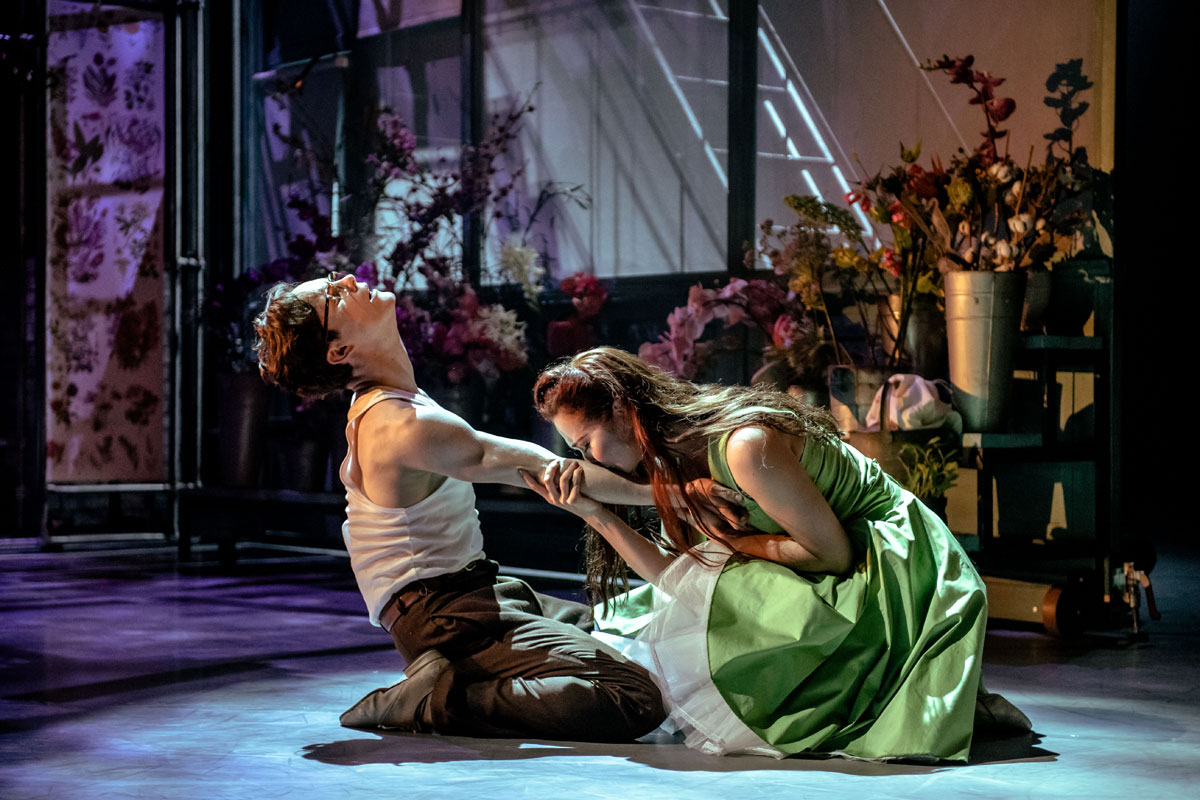
© Manuel Harlan. (Click image for larger version)
The pace is so hyped from the start that McOnie leaves himself little room to augment his climactic sequences. Although the dancers know the backstories to their characters, we spectators are often bewildered – especially when the cast also serve as anonymous scene-shifters, gym bunnies, fantasy flowers and party guests. There is no dramatic logic to the dual roles of Jekyll and Hyde, since psycho Hodges is so much less interesting as a character, and dancer, than Collins’s infatuated florist. In no way are they alter egos.
McOnie is a skilled arranger of jazz ballet ensembles and of choreographic tributes to MGM musicals of the 1940s-50s. Standout solos, those danced by Ebony Molina and Alexzandra Sarmiento as well as by Collins, are high points. But McOnie could learn from Bourne how to allow an audience to savour slower, simpler sequences rather than pushing for constant highs. The same applies to Olding’s music, which, apart from some plangent piano moments, batters the ears with a barrage of sound. This Jekyll and Hyde is a comic-book reduction of Stevenson’s haunting story, closer to The Little Shop of Horrors than to the guilt-ridden original allegory. Let’s hope that McOnie pulls in a new audience that will go on to enjoy many forms of dance – and that he and his company will continue to develop their considerable talents. Meanwhile, Sir Matthew Bourne continues to reign supreme.













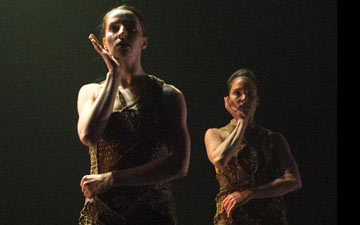
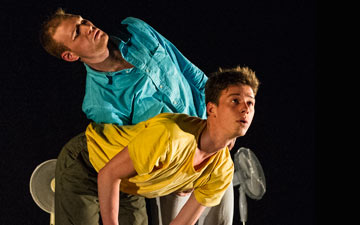

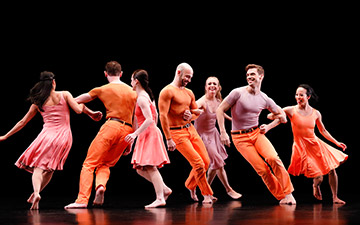
You must be logged in to post a comment.